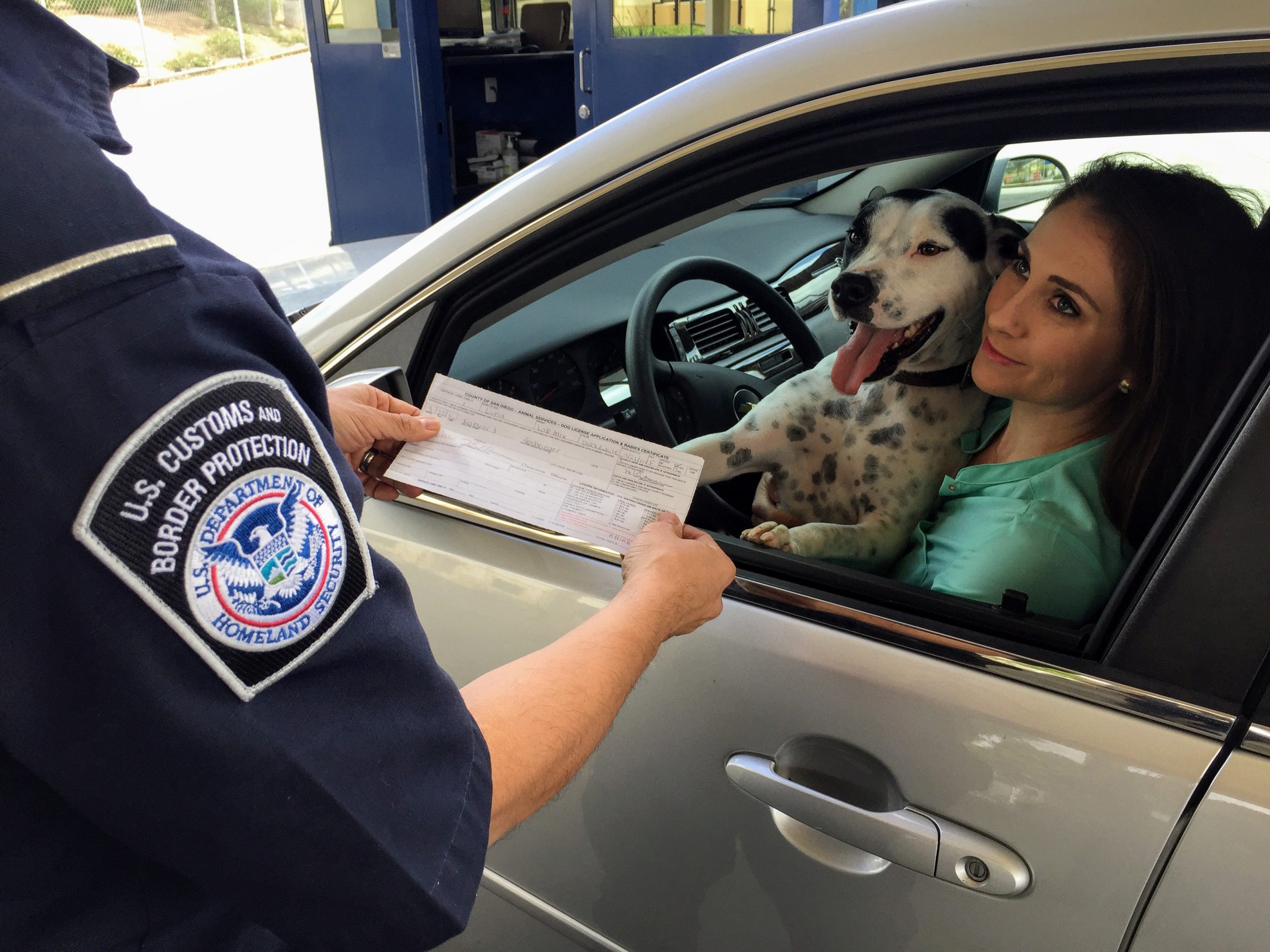Rabies is a viral disease that affects the central nervous system of mammals, including humans. It is transmitted through the saliva of infected animals, usually through bites, scratches, or licks on open wounds. Rabies is a serious and potentially fatal disease that can be prevented with proper vaccination. However, if left untreated, it can have severe consequences. Here’s what happens if you’re infected with rabies.
Initial Symptoms
The initial symptoms of rabies are often nonspecific and can be mistaken for other illnesses. They typically develop within three to eight weeks after exposure to the virus, but can appear as early as a few days or as late as several years after exposure. The initial symptoms include:
- fever
- headache
- fatigue
- muscle weakness
- tingling or itching at the site of the bite
- loss of appetite
- nausea
- vomiting
As the disease progresses, additional symptoms may develop, including:
- anxiety
- confusion
- difficulty swallowing
- hypersalivation (excessive saliva production)
- hydrophobia (fear of water)
- hallucinations
- seizures
- paralysis
In the later stages of the disease, the symptoms become more severe, and the patient may experience respiratory failure or cardiac arrest.
Diagnosis
Diagnosing rabies can be difficult because the initial symptoms are nonspecific and can be mistaken for other illnesses. In addition, the virus is not always present in the blood or spinal fluid in the early stages of the disease.
The most accurate method for diagnosing rabies is through a brain biopsy, which involves removing a small sample of brain tissue for examination. However, this is an invasive procedure and is not always feasible, particularly in the later stages of the disease.
Other diagnostic tests that may be used include:
- skin biopsy
- saliva testing
- blood tests
- spinal fluid analysis
Treatment
If you are infected with rabies, there is no cure for the disease. However, there are treatments available that can help reduce the severity of symptoms and prolong survival. The treatment for rabies typically involves a series of vaccinations and immunoglobulin injections.
The vaccines work by stimulating the immune system to produce antibodies that can fight off the virus. The immunoglobulin injections contain preformed antibodies that can help neutralize the virus and reduce the severity of symptoms.
The earlier the treatment is started, the more effective it is likely to be. Once the symptoms of rabies appear, the disease is almost always fatal.
Prevention
The best way to prevent rabies is through vaccination. If you are at risk of exposure to rabies, such as if you work with animals or travel to areas where rabies is common, it’s important to get vaccinated.
If you are bitten or scratched by an animal, it’s important to wash the wound thoroughly with soap and water and seek medical attention immediately. If the animal is available, it should be captured and tested for rabies. If the animal is not available, or if it tests positive for rabies, you will need to receive the post-exposure prophylaxis treatment.
In some cases, people who are at high risk of exposure to rabies may receive pre-exposure prophylaxis, which involves a series of vaccinations before exposure to the virus. This can help reduce the risk of infection and make the post-exposure treatment more effective if exposure occurs.
Conclusion
Rabies is a serious and potentially fatal disease that can have severe consequences if left untreated. The initial symptoms are often nonspecific and can be mistaken for other illnesses, but




